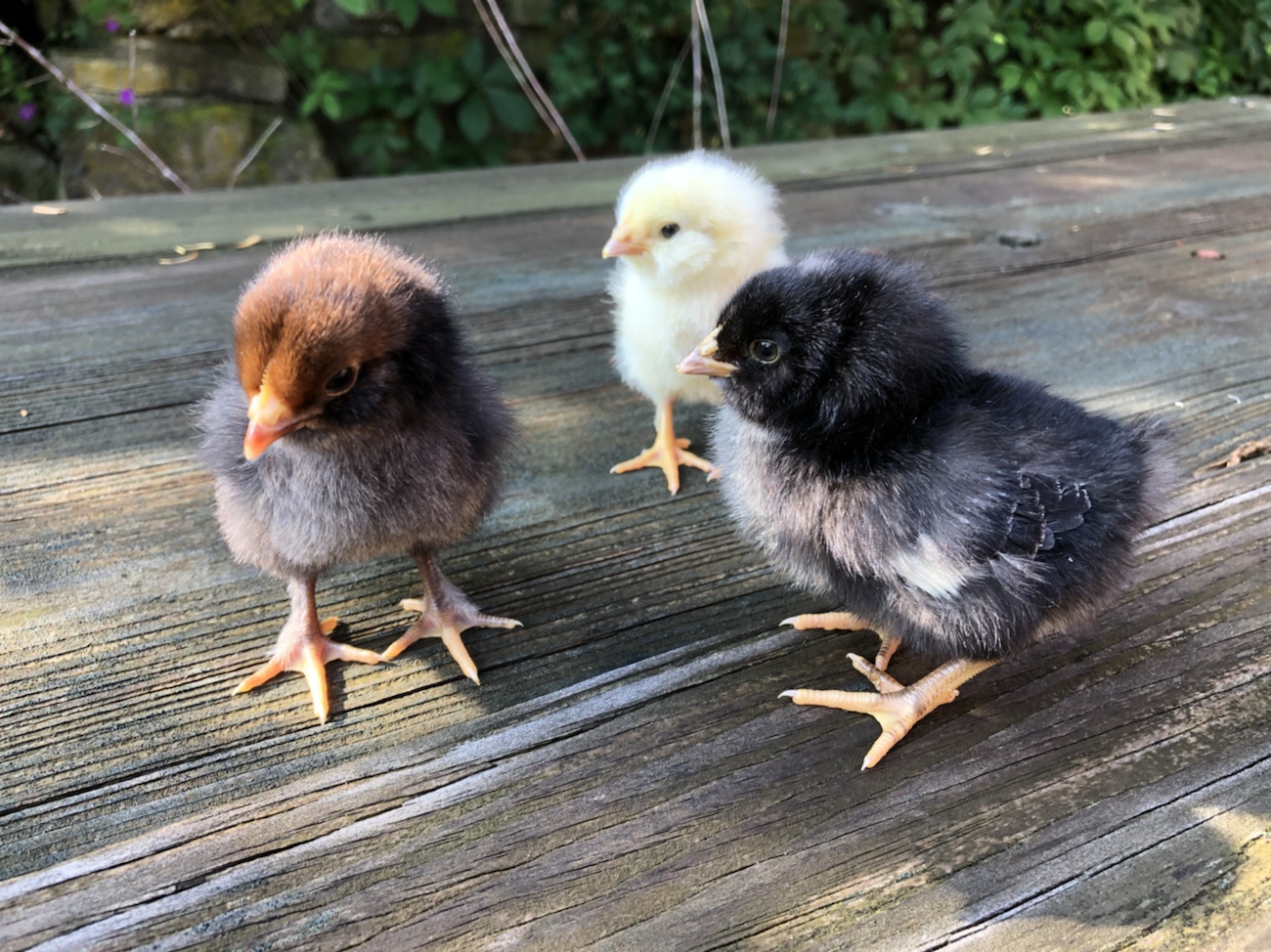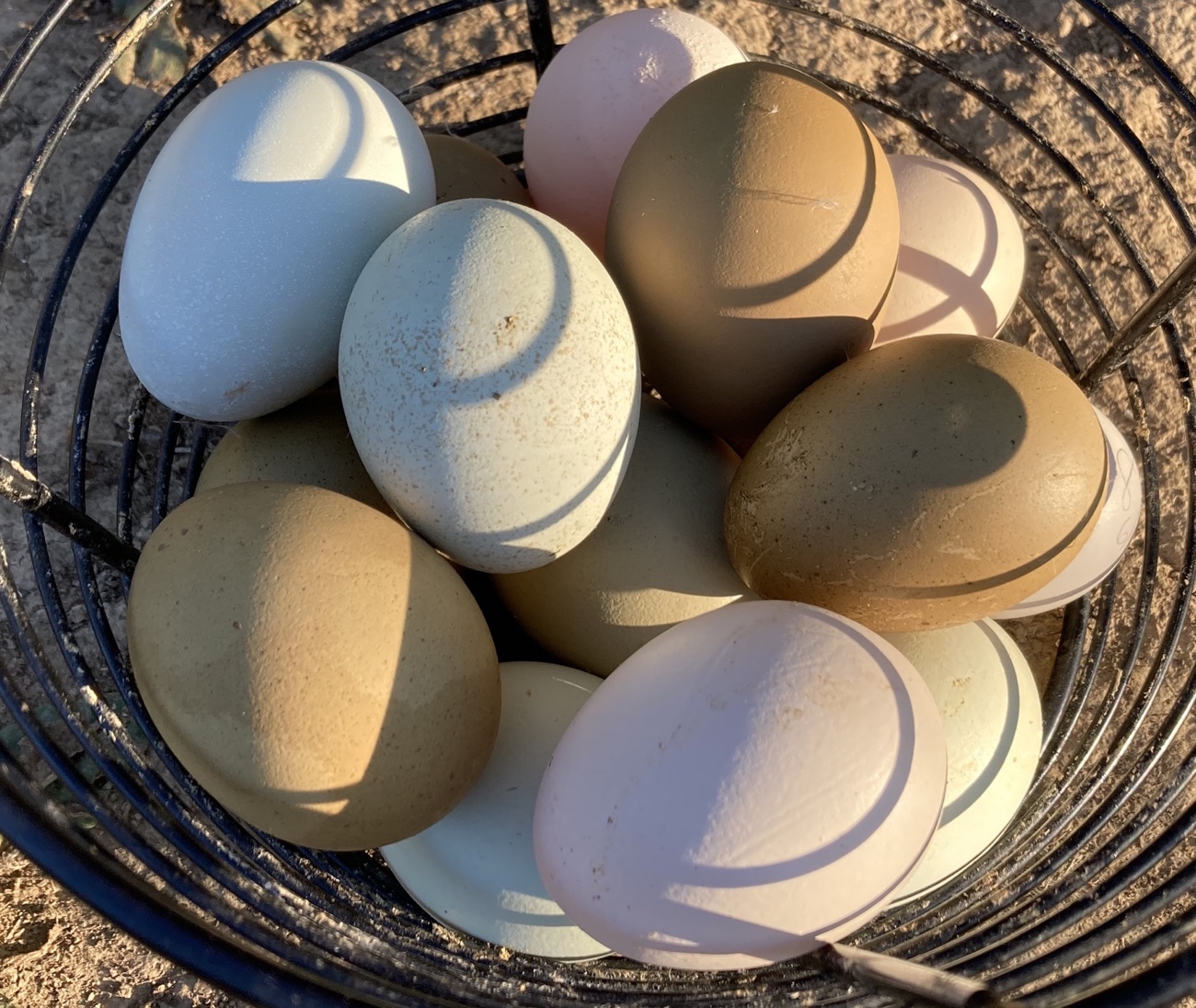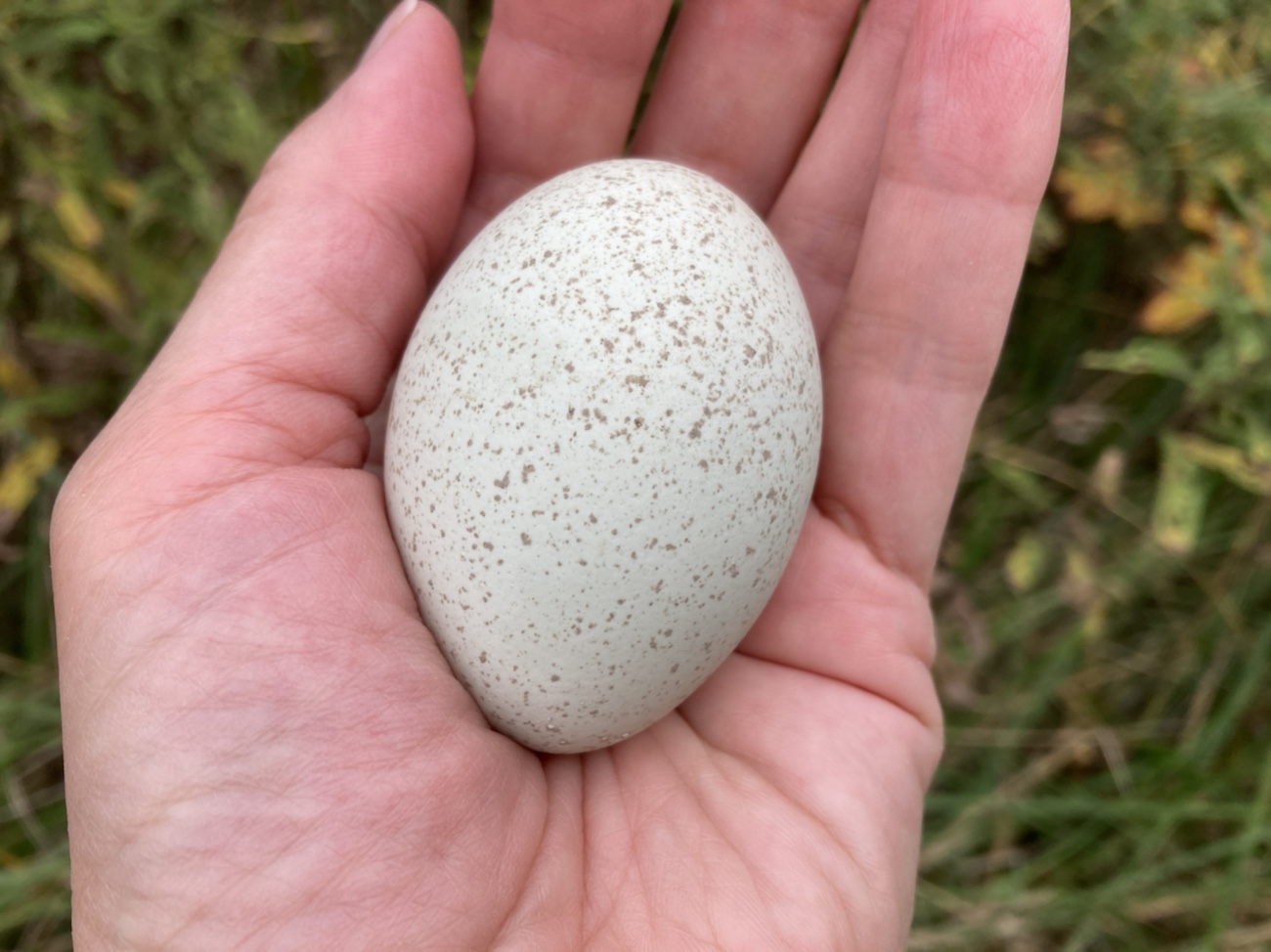
Many people think that spring is the prime time to get their hatching eggs and/or chicks, ducklings, goslings, keets, and poults – after all, the farm stores are overflowing with babies then – but hatching and raising poultry in fall (and even winter) can put a small farmer in a great position when spring arrives!
If you read this blog on a regular basis, you know I like to hatch eggs. I’ve hatched shipped eggs as well as eggs from my own flocks. I’ve hatched eggs from various breeds of chickens, ducks, and geese, in addition to guinea fowl. As much as I enjoy hatching eggs, though, the reality of the change of seasons can land on an unprepared poultry raiser like a ton of bricks; if you’re prepared, it can be a fun and rewarding experience.
Though hatching eggs are usually plentiful in spring and summer, they may be difficult to procure as fall turns to winter. For most poultry, egglaying will slow as the daylight hours shorten – and they often begin molting in the fall, which also affects egg production. Even if hens are laying in fall and winter, fertility may wane, making hatching chicks that much more difficult. Shipped eggs are an iffy prospect in the best of times, but adding chilly temperatures on top of the stresses of shipping can render otherwise fertile eggs unhatchable.
Fortunately, breeds respond to the change to fall and winter differently: while our Easter and Olive Eggers have slowed their egg production (and are molting), and the French Black Copper Marans are on a break, our Silverudd’s Blues are still cranking out eggs like it’s summer. The geese stopped laying a couple of months ago (they have a shorter laying period, spanning just spring and summer). The Muscovy also stopped laying when fall arrived, but some of the Runners are still laying. So, even now, I have Easter Egger, Olive Egger, Runner, and Silverudd’s Blue eggs ready to hatch.

I chose to set the Silverudd’s eggs for several reasons: the hens have continued to consistently lay eggs, meaning that the eggs I set will be fresh and have the best chance of hatching; these birds are lovely and lay gorgeous eggs in green shades; and we recently changed up the breeding group and are eager to see what new colors we get.
Though I’m sorely tempted, I’ve chosen not to set duck eggs right now, primarily because of the difficulty in raising very young waterfowl in cold weather: ducks need water to swim in at least occasionally, and they’re very messy if confined to a small space like a brooder. In winter, filling kiddie pools and providing outdoor time becomes much more challenging – hoses, for example, may be frozen, or there may be snow on the ground. If ducklings (or ducks, for that matter) are allowed to swim in frigid weather, the moisture can actually freeze on their feathers.

Based on these considerations, I generally prefer to hatch duck eggs closer to the end of winter, so that when the ducklings are big enough to swim in a pan of water and have outgrown an indoor brooder, they can go out into tractors as they feather out and the weather is more clement. Then, they can splash to their hearts’ content!
Chickens, on the other hand, can easily be hatched, brooded, and raised throughout the year. Chicks don’t need swimming water, and they can stay indoors longer than ducklings can (no wet messes inside!). A chick hatched in fall or winter will likely be well feathered by around a month old, and large enough to integrate with an existing flock of adult birds by 4 months old; by spring, pullets should begin laying their first eggs. Chicks hatched or purchased in spring won’t begin laying for five to six months, at the earliest, so pullet eggs won’t appear until late summer or early fall – and some pullets that reach point of lay near fall may not begin laying until the following spring.

I know my tiny chicks will grow like weeds and, when warmer weather arrives, will lay their first beautiful eggs (and my Silverudd’s have consistently reached point of lay at around 5 months old). With Silverudd’s Blue, the color of egg laid by a hen can vary from day to day: one day, bluish-green like a Cream Legbar (not coincidentally, a breed involved in the genetic makeup of the Silverudd’s Blue), the next, a mint green, then, later, minty with faintly purple speckles. Sometimes eggs are even mossy or olive-hued.

What color will the pullets in my fall hatches lay? Only time will tell.
